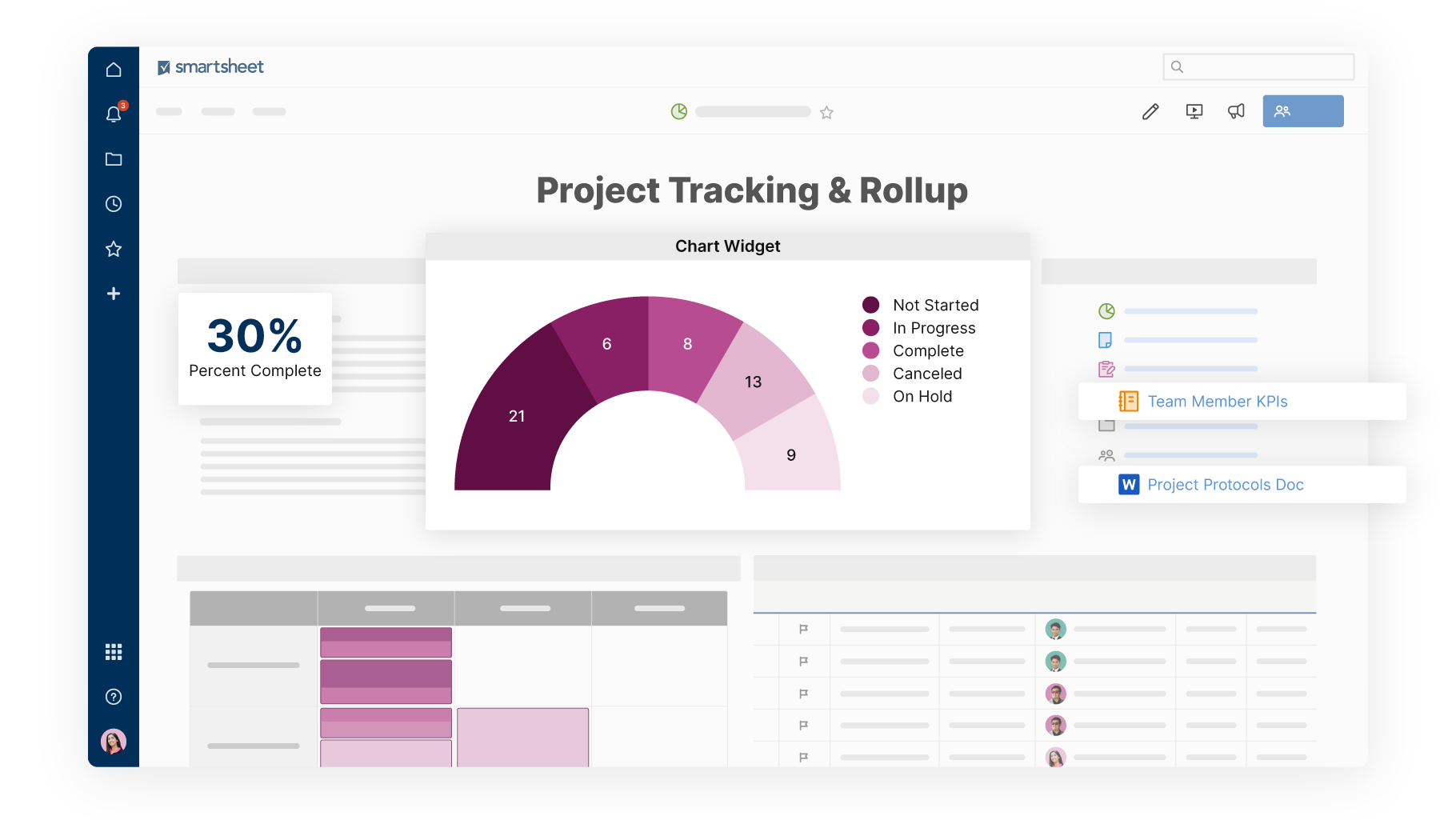

Keep Your Efforts RelevantĪvoid generalizing the content or application in employee training.
Hands-on application of training in a project or task.Ĭreating opportunities like these helps employees tangibly demonstrate their progress, as well as identify areas where further training is needed.įurthermore, the use of basic rewards such as verbal praise or small prizes can help provide positive reinforcement. Some common means of helping employees express what they are learning are: To avoid frustration or boredom during training, provide opportunities for your employees to demonstrate what their newfound knowledge or skills. This may take the form of surveys, quizzes, discussion, or performing relevant tasks. Ideally, you should evaluate employees before, during, and after training to develop a clear picture of their progression. Use benchmarks that will help you evaluate whether employees are able to understand and synthesize what they are learning. Once your goals are clearly defined, it’s time to develop clear metrics that help you measure the success of your training. Then, narrow down your answers to goals that are as tangible and specific as possible.Īvoid the use of overly broad goals such as “help employees understand new HR requirements.” Instead, identify precise goals such as “explain HR’s policy on sick leave and new rules on requesting time off without advance notice.” Define Measurable Success Metrics Ask yourself exactly what you are hoping to accomplish and what (if any) issues need to be addressed. Target Specific Training Goalsįocusing on specific goals centered on a main objective will make your training more effective. Let’s examine how you can apply these concepts to your employee training. Time-bound: Specify when results can be achieved. 
Realistic: State what results can realistically be achieved.Attainable: Ensure that goals are possible with the given circumstances and resources.

Measurable: Quantify indicators of progress.Specific: Target specific areas for improvement.acronym evolved in the 1980’s as a means of defining and planning for goals within organizations and businesses.Įach letter stands for different goal-setting criteria: goal-setting method can help you ensure that employees achieve optimal training results. However, not all learning opportunities are created equal. Improving productivity, decreasing liabilities, boosting ROI, and building morale are just a few of the benefits that effective training can yield in your organization. Most employers acknowledge the importance of employee training.






 0 kommentar(er)
0 kommentar(er)
